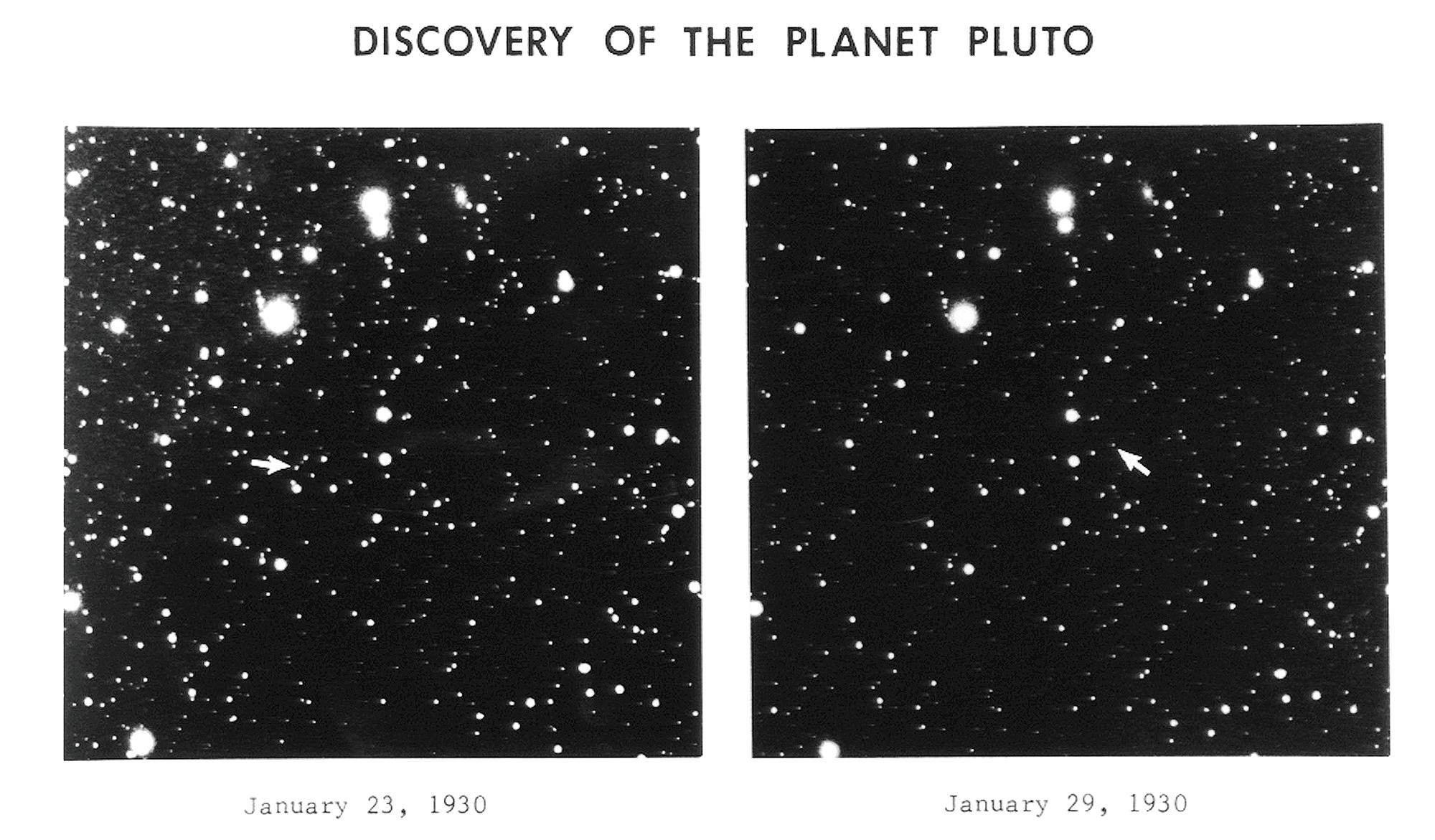A tiny, moving point of light – the discovery of Pluto
A tiny, moving point of light – the discovery of Pluto
Every pupil in the US is taught the story of the discovery of Pluto. In 1905, the US astronomer Percival Lowell (1855–1916) suggested that the perturbations of Neptune’s orbit required the existence of a ninth planet. For 11 years, Lowell tried to find this celestial body, but was unable to do so. The observation did not come until 14 years after Lowell’s death, through a young research assistant named Clyde Tombaugh. For many weeks during the winter of 1929/1930, Tombaugh conducted observations at the Lowell Observatory in Flagstaff (Arizona) – named after the famous astronomer – of the areas of the sky where it had been suggested that the planet would be located. On 18 February 1930, using a blink comparator produced by Carl Zeiss in Jena, Germany, Tombaugh discovered a moving spot on two photographic plates. The discovery was announced on 13 March – Lowell’s birthday.

